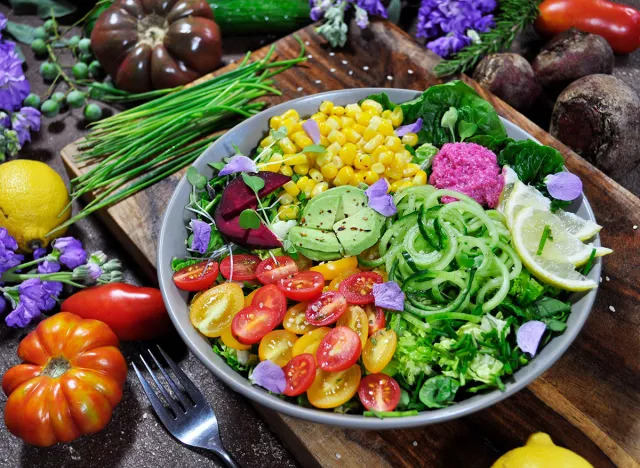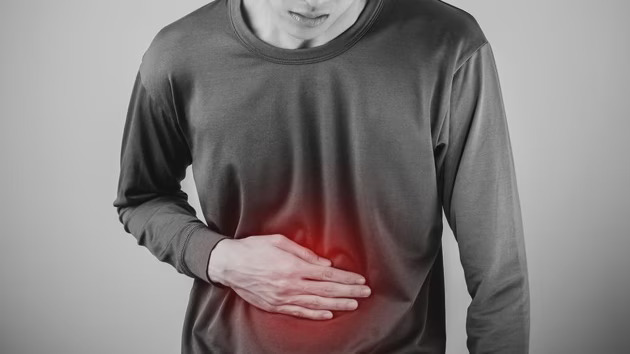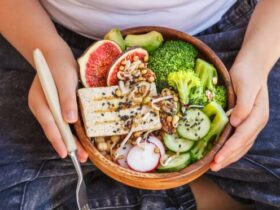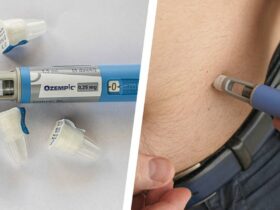United States: Advance-staged liver cirrhosis can push blood ammonia levels to a certain level, which can prove dangerous for one individual. However, according to the latest research, cutting meals during mealtime can help reduce that negative effect.
Dr. Jasmohan Bajaj, the study lead author and a gastroenterologist at Virginia Commonwealth University in Richmond, said, “It was exciting to see that even small changes in your diet, like having one meal without meat once in a while, could benefit your liver by lowering harmful ammonia levels in patients with cirrhosis,” as US News reported.
What more the researchers have found?
According to the research team’s explanation, the kind of bacteria residing in your gut that generates ammonia is an automatic occurrence as the body breaks down the food. The usual liver in individuals took that ammonia and consequently sent it through the kidneys in order to excrete it harmlessly via the urine.
Yet, cirrhosis is the last stage of liver disease that fails to function in an ammonia processing way so that it builds up in harmful amounts.

Ammonia can even travel to the brain and thereby create confusion or delirium, as pointed out by the researchers. That is called Hepatic Encephalopathy, and in the absence of treatment, it can possibly result in a coma and further death.
Diet is yet another and major player in these mechanisms, because western diet that is low in fiber and high in meat and carbo the product in the gut, which tends to rise ammonia levels.
How was the study conducted?
The present research study consists of 30 adults with cirrhosis who have been treated at Our center. Patients were asked to eat a meal containing one of three types of burgers: A pork/beef one for the first one, a second one made with a vegan meat alternative, and the third one using a vegetarian “bean burger recipe”.
The protein level of the three burgers was the same: it is approximately 20 grams. People had hamburgers paired with biblical-looking potato chips and whole grain bun, no prick safety toppings.
A short period after the completion of that meal, Bajaj et al. used the specific markers of amino acids in collaboration with blood to measure ammonia levels in blood.
The team found higher blood levels of ammonia among the burger stickers who went for the animal meat burger than the ones who ate both the plant burgers.
Bajaj also noted that “It can be so hard to make long-term dietary and behavioral changes,” and “we wondered if making an occasional change could be an option for these patients. Liver patients with cirrhosis should know that making positive changes in their diet doesn’t have to be overwhelming or difficult.”











Leave a Reply